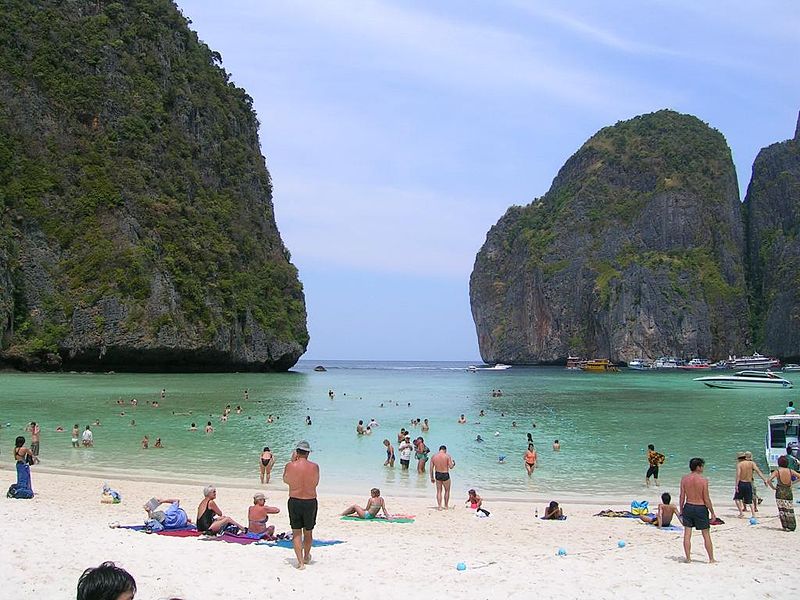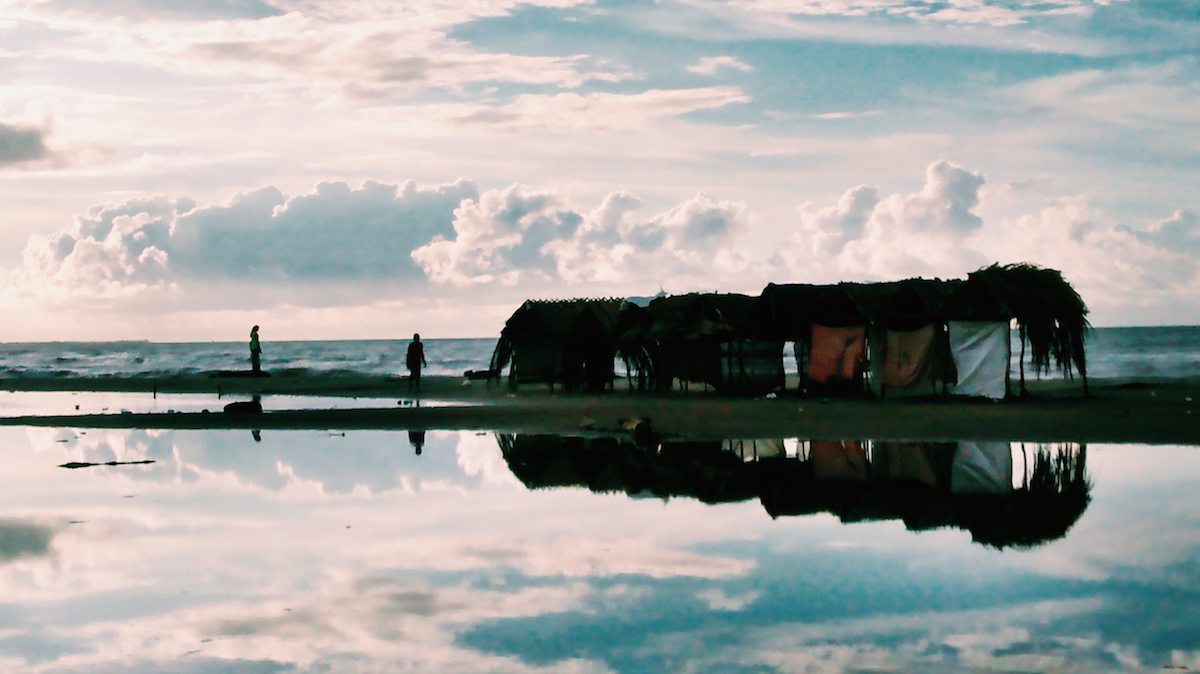
7 Interesting But Underrated Places To Visit in India
Despite the several tourist spots located in the country, India has several locations which are not as frequented as the others. This means that even if you want to visit some picturesque locations devoid of any crowd or commercial activities you can totally do that in India. It is indeed a tough task to find such spots in the second most populous country in the world, but here’s a list of some underrated yet interesting places one can visit in incredible India.
1. Valley Of Flowers, Uttrakhand
If you have ever dreamed of paradise, the Valley of Flowers, located at the nucleus of the Nanda Devi Biosphere reserve will make your dreams come true. The valley is situated at an elevation of around 3,500 meters above sea level and is spread around an area of 87.50 square kilometres in the Western Himalayas. Famous for its alpine meadows which are filled with a wide range of endemic flowering plants and medicinal herbs, the Valley of Flowers is one of the most enchanting and soothing places you will ever visit. It is also considered to be the place where Lord Hanuman was sent to find the magical herb to treat Lakshmana’s wounds according to the Hindu epic Ramayana. Apart from the flowers, the region is also known to house some rare and endangered wildlife species such as the brown bear, snow leopard, musk deer, blue sheep and a wide variety of high altitude avifauna.
2. Ziro, Arunachal Pradesh
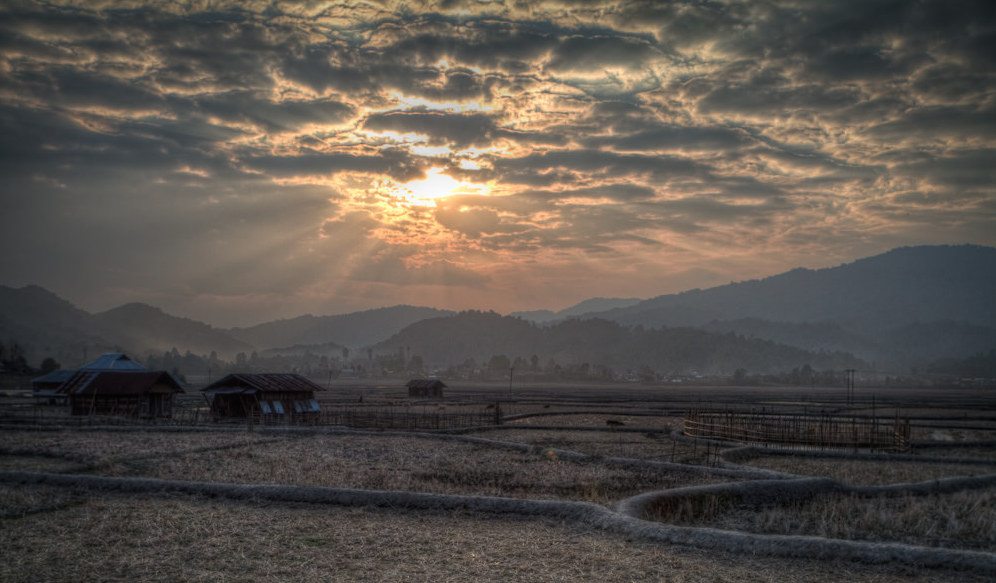 Photo: Sandro Lacarbona
Photo: Sandro Lacarbona
If traveling to far off places is your thing, then you certainly need to visit this North-Eastern town called Ziro. Located in the Indian state of Arunachal Pradesh, Ziro would remind you of a far off European village at an elevation of around 1,700 meters above sea level. The quaint town is a home to the Apatani people who are responsible for the cultivation of the vast rice plains which are spread all across Ziro and surrounded by pine covered hills. Ziro is also on a tentative list for being induced in the UNESCO World Heritage Sites and one of the most peaceful places to visit in India.
3. Gagron Fort, Rajasthan
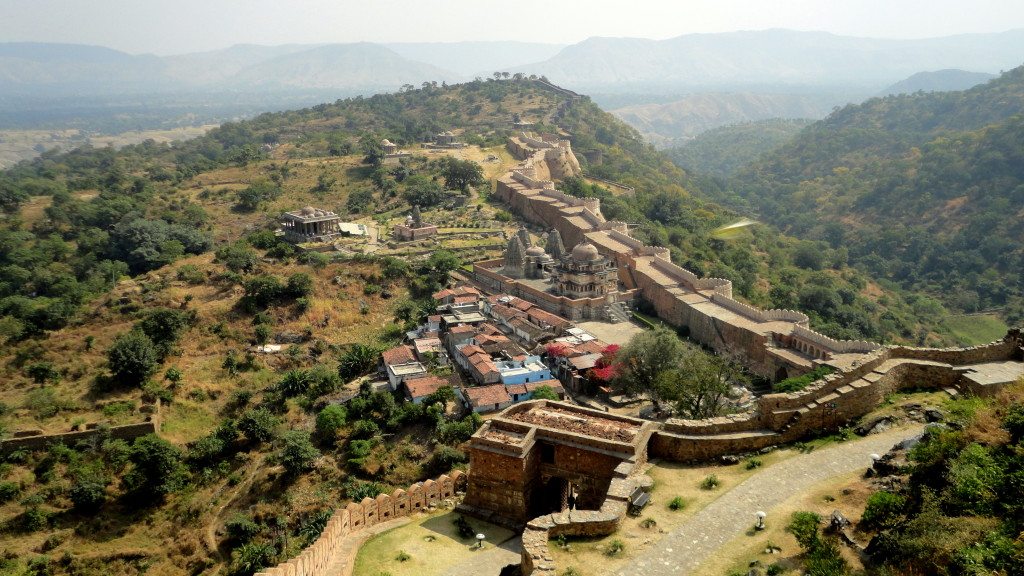 Photo: Heman Kumar Meena
Photo: Heman Kumar Meena
Rajasthan is also known as the land of kings and is probably the only state in India with preserved specimens of authentic medieval Hindu architecture. You might have heard about the majestic hill forts of Rajasthan, which were built by the Rajput kings that ruled the region before the Indian independence in 1947. Gagron Fort is yet another majestic fort located in the Jhalawar district. It was built in the late 12th century, way before the kingdoms of Jaipur and Bundi were established. The hill castle came under several attacks by various invading armies but was re-conquered by the Rajput armies in the subsequent years. The fort was built using mortar and rocks, quarried from the nearby hillocks and is surrounded by water from 3 sides. The fort is best visited on a nice winter afternoon and is a great place for a family picnic.
4. Auli, Uttarakhand
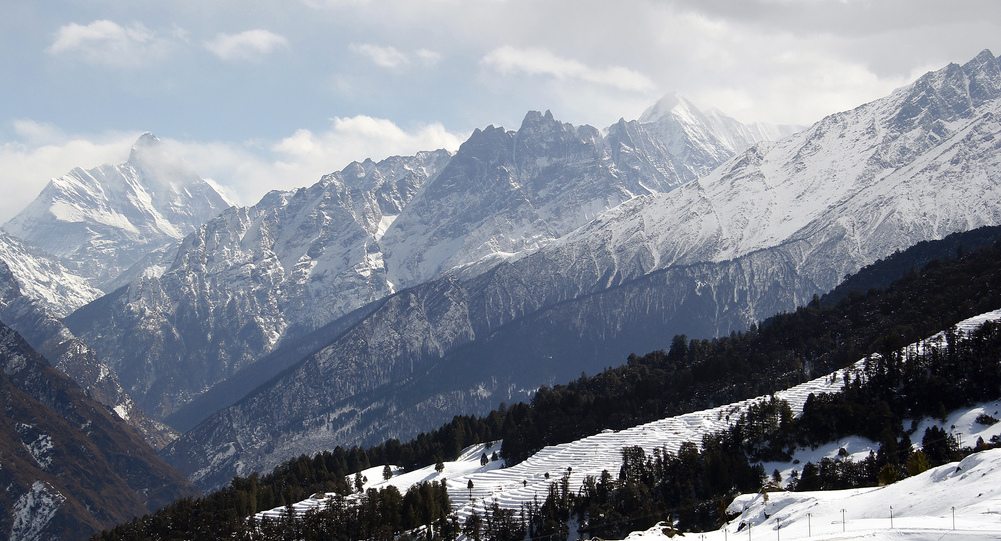 Photo: Ishan Manjrekar
Photo: Ishan Manjrekar
The word Auli, in local language, translates as ‘Meadow’, and is located at an elevation of around 3,049 meters above sea level. The region is connected to the Hindu epic Ramayana and has come up as one of the most enchanting skiing hotspots in India in the recent years. Nevertheless, due to the dearth of skiing enthusiasts in India, the hill station of Auli remains majorly unspoiled and provides some of the most serene views of the snow-capped Himalayan peaks. Being accessible throughout the year, Auli can be visited anytime as the weather is mild and pleasant during summers and cold and snowy in winters (which provides great skiing opportunities). Auli also features the highest artificial lake in the world and a cable car along with a large number of quaint locations, perfect to forget the hustle and bustle of the city life.
5. Rann of Kutch
 Photo: Nagarjun Kandukuru
Photo: Nagarjun Kandukuru
Despite of the hardships of a desert life, the dunes of North-Western India have attracted a large number of tourists for several years. While there are no dunes present here, Rann of Kutch located in the state of Gujarat is a salt marsh and is a part of the greater Thar Desert located in Rajasthan and Gujarat. It is also considered to be the largest salt desert in the world and spreads across an area of 30,000 sq kilometres. Nicknamed the White Desert, the Rann of Kutch is rich in wildlife endemic to this region. The best time to visit this place is during the three month long Rann Festival, hosted by the state government of Gujarat, and features some colourful celebrations and performances by the folk artists of Gujarat.
6. Hemis National Park, Jammu and Kashmir
 Photo: Sankara Subramanian
Photo: Sankara Subramanian
Although it is criminally underrated, the Hemis National Park is the largest national park of India and is placed at an elevation that ranges from 3,000 to 6,000 sq kilometres above sea level. The park is known for its high altitude views of the surrounding peaks and valleys of the Himalayas and for housing some rare and endangered montane wildlife. The northern border of the park is comprised of the banks historical Indus River and contains several Buddhist gompas and monasteries. The protected region is also home to a thriving population of the critically endangered snow leopard and the historic Hemis Monastery, which is the most visited attraction.
7. Osian, Rajasthan
 Photo: kikumjy
Photo: kikumjy
If you have already experienced the great golden dunes of the Thar Desert, then there is one place you might have missed. Located in the Jodhpur district, the Osian village is also nicknamed the Khajuraho of Rajasthan and is an oasis amidst the burning sands of the Thar Desert. The village is famous for the ruins of ancient Hindu and Jain temples built between the 8th and the 11th centuries by the rulers of the Gurjara-Pratihara kingdom. The temples display a striking architectural style and are decorated with stone-carved figurines and sculptures. Camel safaris, sand dune treks and the temples are some of the best attractions here.
Being known as one of the most diverse countries in terms of geography, climate and culture, India is a heaven for tourists and adventurers all around the globe. Several attractions like the Taj Mahal, The Red Fort, and The Hill Forts of Rajasthan etc. are all places that have left a mark on the tourism industry in India as they are frequented by thousands of tourists each year. Nevertheless, India has no dearth of places which are largely unspoiled and totally devoid of any commercial activities.
Author Bio:
 Rohit Agarwal is an architect and a travel writer who shares his travel experiences on several websites and his blog at Transindiatravels.com. His love for exploring new cultures and re-visiting history takes him to several amazing locations across India and the world.
Rohit Agarwal is an architect and a travel writer who shares his travel experiences on several websites and his blog at Transindiatravels.com. His love for exploring new cultures and re-visiting history takes him to several amazing locations across India and the world.




